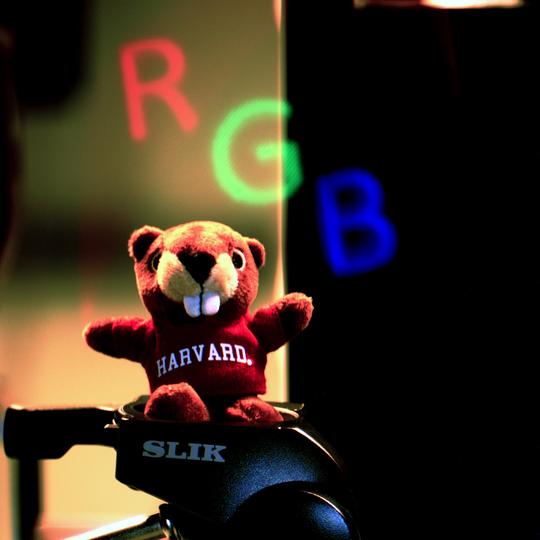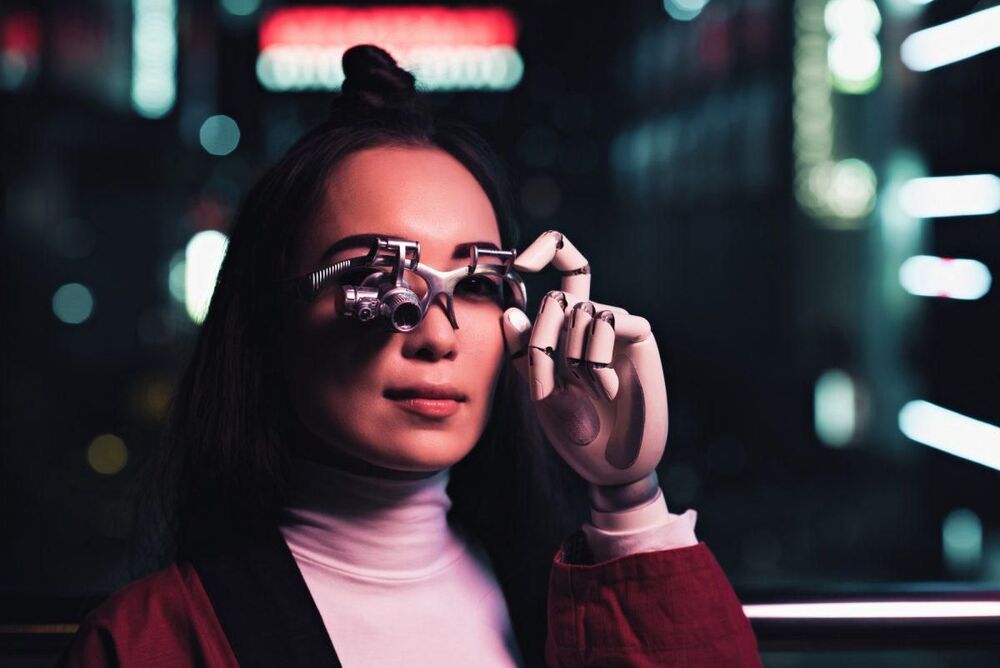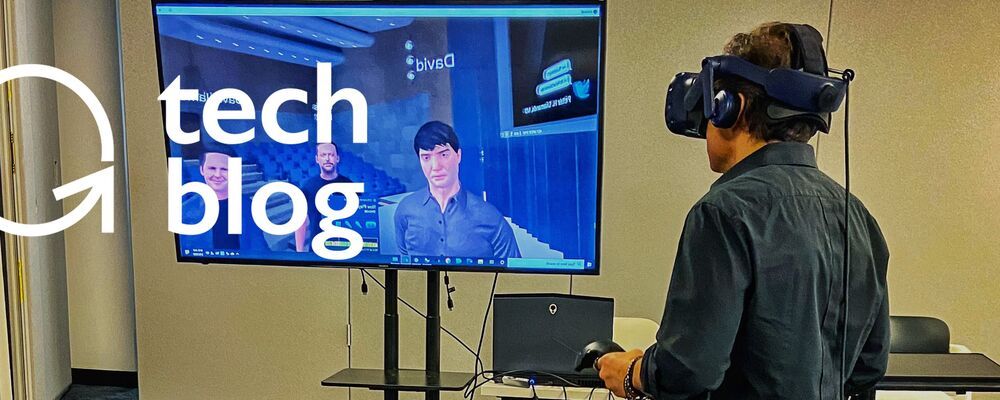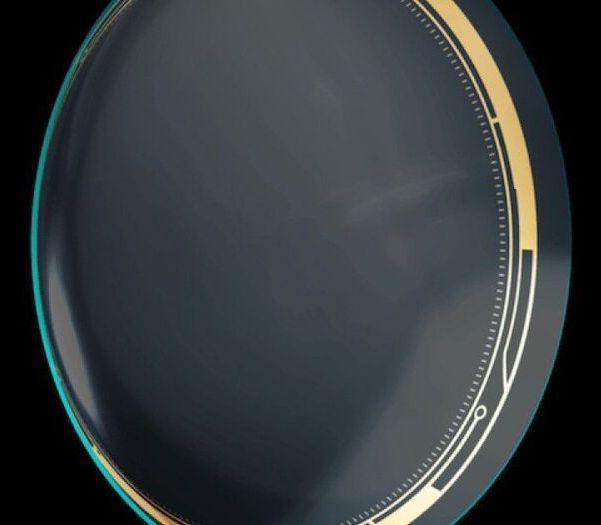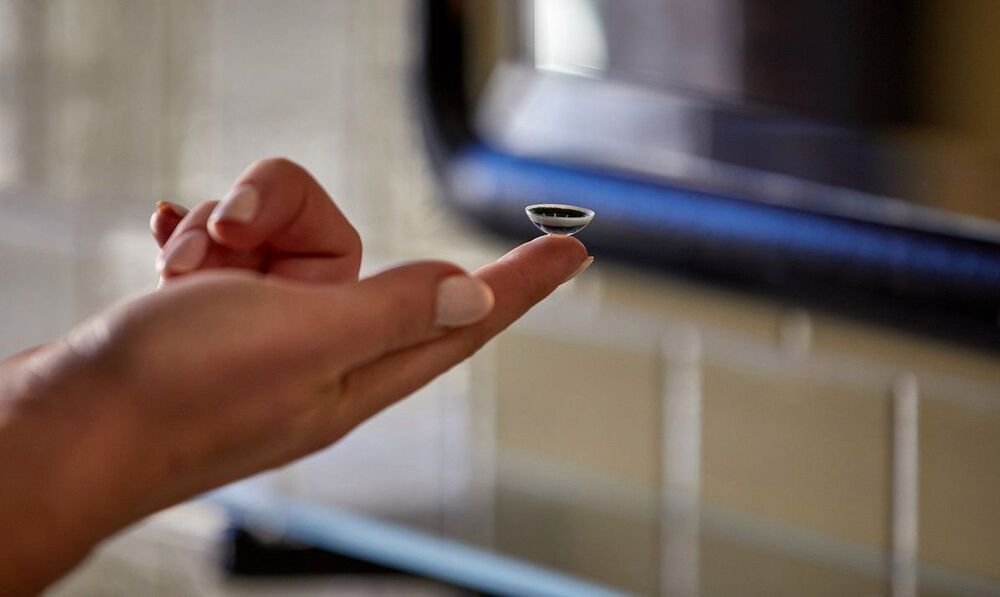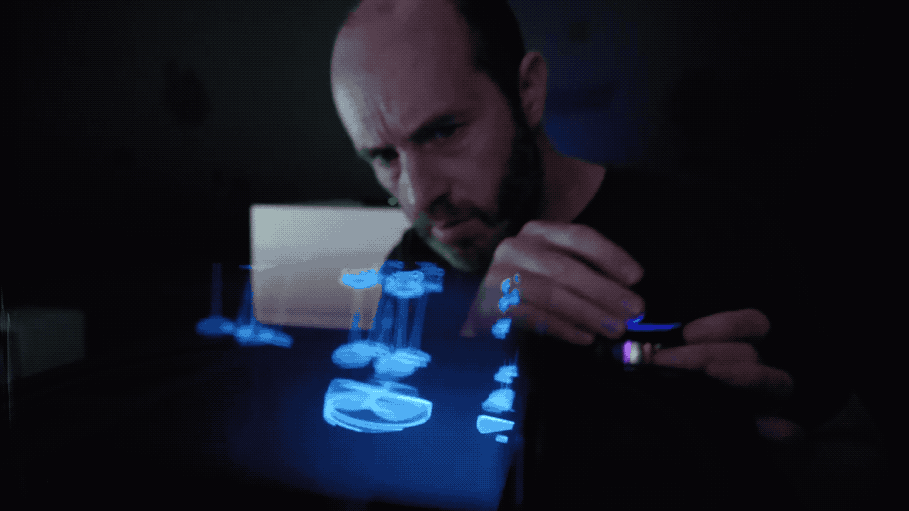In 2016, combined venture investments in VR, AR, and mixed reality (MR) exceeded $1.25 billion. In 2019, that number increased more than 3X to $4.1 billion. And today, major players are bringing new, second-generation VR headsets to market that have the power to revolutionize the VR industry, as well as countless others. Already, VR headset sales volumes are expected to reach 30 million per year by 2022. For example, Facebook’s new Oculus Quest 2 headset has outsold its predecessor by 5X in the initial weeks of the product launch. With the FAANG tech giants pouring billions into improving VR hardware, the VR space is massively heating up. In this blog, we will dive into a brief history of VR, recent investment surges, and the future of this revolutionary technology.
“Virtual reality is not a media experience,” explains Bailenson. “When it’s done well, it’s an actual experience. In general our findings show that VR causes more behavior changes, causes more engagement, causes more influence than other types of traditional media.”
Nor is empathy the only emotion VR appears capable of training. In research conducted at USC, psychologist Skip Rizzo has had considerable success using virtual reality to treat PTSD in soldiers. Other scientists have extended this to the full range of anxiety disorders.
VR, especially when combined with AI, has the potential to facilitate a top shelf traditional education, plus all the empathy and emotional skills that traditional education has long been lacking.
